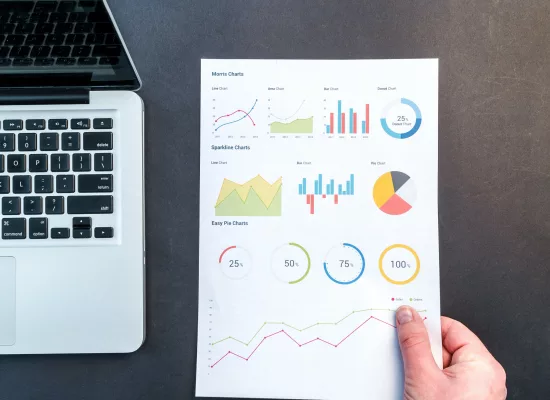Our Educational Methods survey has been sent!
The first part of the survey was about the demographical information of the teachers. Apart from the "standard" questions related to age, gender, country, geographical area, type of school they work, and years of experience, we asked the teachers how many hours they spend in several activities, such as lesson planning, personal/professional development, administration and extracurricular activities. The purpose of this question is to gather information on the time they have available, as well as their intention to dedicate time on training.
In the second part of the survey, we asked the teachers about their level of satisfaction with their work, the impact they feel they create for their students and the local community, as well as their level of collaboration with their students and peers. This part aims to help us understand how they position themselves in their context and their profession. Also, we consider important to get more detailed information about their relationship with students and peers. We aim to identify the existing mechanisms in the teachers' context in order to build on these mechanisms our solutions, resources and training programs.
The third part of the survey was about the teaching methods they use in their teaching practice. Specifically, we offered them several options/methods and they had to respond whether they used them and, if they use them, how often this takes place. Among the options given, we mentioned presentations, conversations, observation, problem solving, case studies, simulations and discovery learning. Once they indicated the frequency, they were asked to evaluate their efficiency in using each method.
The fourth part of the survey was about their needs and preferences for learning. Specifically, we offered them a list of resources and tools, such as online learning, methods for student motivation, digital learning platforms, tools for effective communication, etc. and they had to state whether they are interested in learning more about them less interested or not interested.
The final part of the survey was examining the teachers' beliefs about teaching and learning by agreeing or disagreeing with 16 statements. This is very important information for us, since we learn about their professional values and teaching philosophy and we want to create resources and training programs, which are in line with who they are and what they believe they need.








